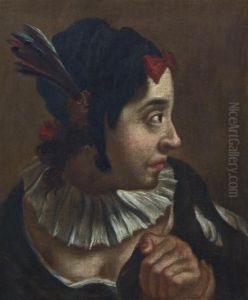Juan Esteban Murillo Paintings
Bartolomé Esteban Murillo was a Spanish Baroque painter who is best known for his religious works, as well as his depictions of contemporary life in Seville, Spain. Born in late December 1617, in Seville, Murillo was baptized on January 1, 1618. He lost his parents at a young age and was raised by one of his sisters.
Murillo began his art studies under the painter Juan del Castillo, who was a relative on his mother's side. Castillo was a Mannerist painter, and his influence can be seen in Murillo's early works. However, as Murillo matured, he developed a softer, more luminous style that was his own. This style would become highly influential and was characterized by sweet, tender representations of religious subjects, as well as realistic portrayals of the poor and destitute of Seville.
Murillo's work was very much in demand during his lifetime, and he received numerous commissions for religious paintings, particularly for the monasteries and churches in Seville. His works include a series of eleven paintings for the Convent of San Francisco in Seville, which includes the famous 'Vision of Saint Anthony' (1656) and 'The Immaculate Conception of Los Venerables' (c. 1678). His genre paintings, such as 'The Young Beggar' (c. 1645-50), also gained him significant recognition for their naturalistic treatment of everyday life.
Murillo was not only a painter but also a founder and leading member of the Academy of Fine Arts in Seville in 1660, which played a crucial role in the cultural life of the city and the training of future artists.
He had a significant impact on the development of Spanish art and his influence persisted well into the 18th century, particularly in the work of artists in the Americas, who emulated his style. Murillo's work fell out of favor in the 19th century but was re-evaluated in the 20th century, with critics recognizing his contribution to Spanish art and his skill as a painter.
Murillo died on April 3, 1682, in Seville after falling from a scaffold while working on a painting. He left behind a rich legacy of work that is admired for its warmth, its empathetic portrayal of human subjects, and its deep spirituality.
